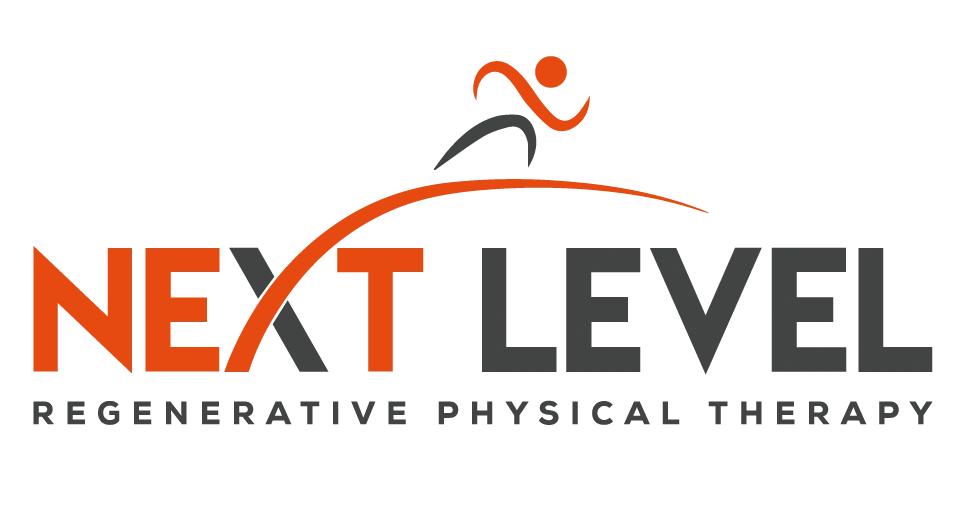Your elbow is a joint (synovial joint) which allows your body to lift items, throw objects, hug, swing, grasp, lean, reach etc. The range of movement in the elbow is from 0 degrees of elbow extension (straightening out your elbow) to 150 of elbow flexion (bending your elbow)
Common causes/injuries: inflammation of tendons aka tendinitis, arthritis, anything that has repetitive movements for long period of time (wear and tear), household chores, overuse, golf, tennis, baseball, boxers, painters, basketball, lifting, elbow tear, dislocation, fractures, numbness and tingling, nerve pain, strains/sprains
Two of the most common injuries are tennis elbow and golf elbow. Lateral epicondylitis/epicondylalgia or also known as tennis elbow is inflammation or, in some cases, microtearing of the tendons that join the forearm muscles known as the elbow extensor muscles outside of the elbow. These muscles can become damaged from overuse from repetitive motion such as painting, jobs that require you to screw things on and off cooking, and repetitive computer mouse use, or from direct trauma caused by a fall or work injury. Medial Epicondylitis/ Epicondylalgia or also known as Golfer’s elbow is also elbow pain but on the opposite side of the elbow. Golfer’s elbow is pain felt from the muscles and tendons that attach to the inside of your elbow. This pain can also spread down to your forearms and wrist. Many activities and occupations can contribute to golfer’s elbow including but not limited to racket sports, throwing sports, weight training, and forceful, repetitive occupational activities. Obviously, you don’t need to play tennis or golf to experience these types of conditions.
Now, what’s the best way to treat lateral epicondylitis (tennis elbow) or medial epicondylitis (golfer’s elbow)? Here’s every physical therapist’s favorite answer.. “It Depends!” Which is actually very true. Successfully treating your elbow condition heavily relies on the stage of condition (how long ago it happened and how far along you are with the healing process) and the symptoms you’re experiencing. If your injury happened less than 2 days ago, rest, ice, OTC medication, compression, and elevation (PRICE) would be beneficial! If it was more than 2 days ago, motion and some stress on that tendon would be beneficial. If you are experiencing any type of elbow pain, I strongly recommend going to a physical therapist as he or she would know exactly how to tackle this. Most elbow disorders require treatment, and here at our clinic we treat our patients naturally. That means no painful injections, unnecessary surgeries or painkillers.
How can you prevent injuries? Most are the result of overuse and injury. You can help prevent your elbow injuries by correcting your form/sports techniques, proper equipment, correct racquets, warning up and cooling down properly, stretching, using elbow padding, take breaks.
If you are having long lasting or severe elbow pain, please talk to one of our specialist physical therapists to come up with a unique plan to eliminate your pain. Our goal is to improve the strength and flexibility of your elbow so that you won’t have that pain again. We will also teach you way to avoid causing your elbow pain to return.

